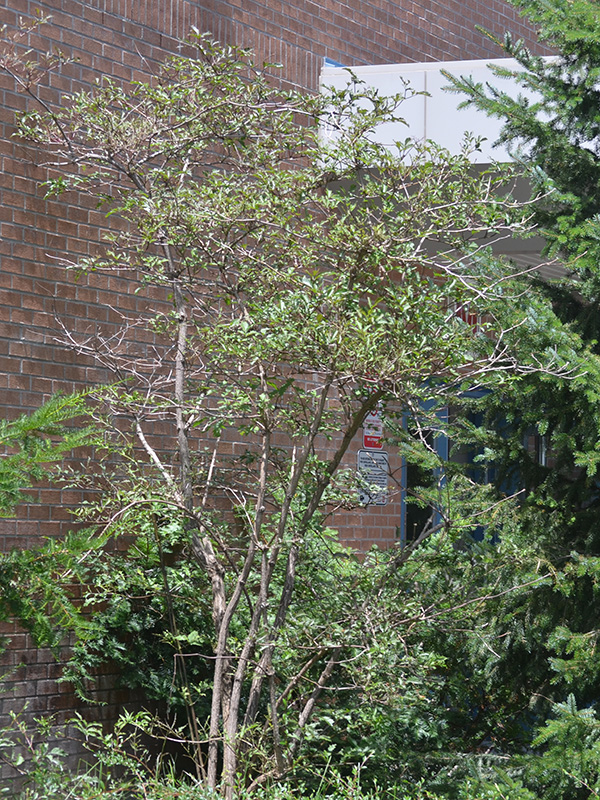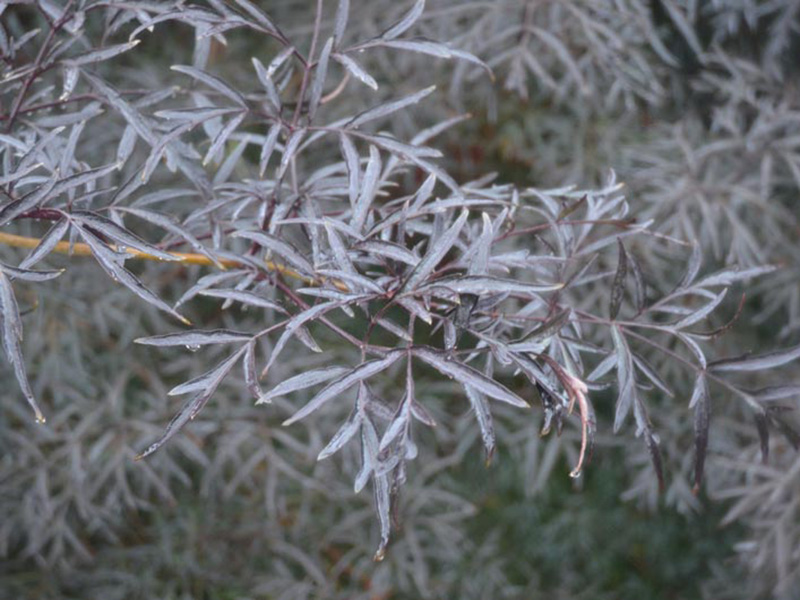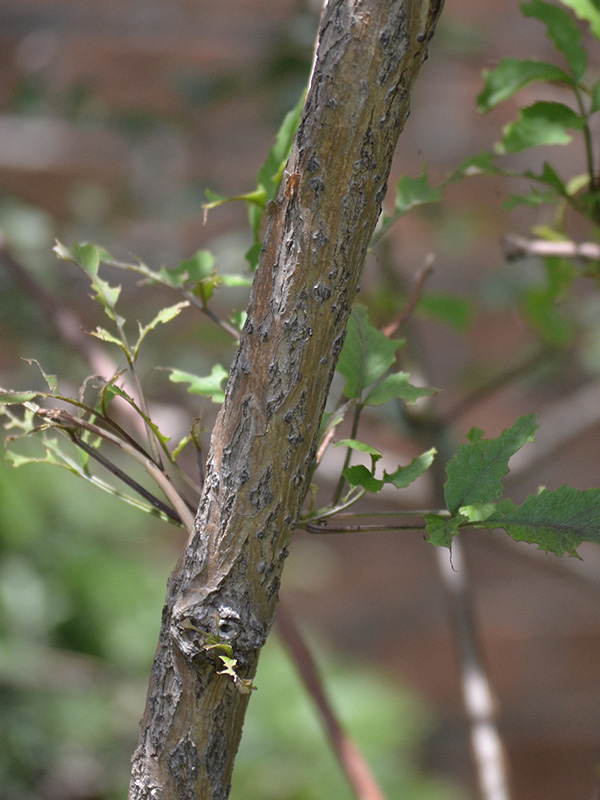| General Description | This is a woody shrub that has a dark purple hue and is used in the landscape for its showy flowers. |
| ID Characteristic | Large clusters of dark purple berries and light purple flower clusters. The leaves of the Sambucus are pinate and are usually made up of five to seven leaflets. |
| Shape | Grows upright and have a canopy spread of about 2.5 m. This plant matures very quickly and doesn't change in shape after fully grown. |
| Landscape | Used in landscapes as an accent shrub due to its colourful flowers and vibrant fruit. It can also be used as a screen due to its height and thickness. |
| Propagation | By softwood and hardwood cuttings. This shrub will usually get pruned due to its thickness. |
| Cultivation | Grows well in moist soil and moderate sun. It also thrives in acidic soil. |
| Pests | Spider mites and aphids- which eat away at the plants stems. Minor susceptibility to leaf spots borers and cankers. |
| Notable Specimens | The Gardens of Fanshawe College, London, Ontario, Canada.
Ridgetown College, Ridgetown, Ontario, Canada.
|
| Habitat | Horticultural origin. |
| Bark/Stem Description | Smooth and dark purple in colour. Branches are thin and long. The bark has been known to be poisonous to animals. |
| Flower/Leaf Bud Description | The buds protrude from the stem and start off a light green and slowly turn a light purple. The buds are ovate and become pointed at the tip. |
| Leaf Description | The leaf is pinate with five to seven leaves per stem, being very thin and about half an 2.5 cm wide and 7.5- 10 cm long and dark purple in colour. |
| Flower Description | The flowers are light purple and grow in large cymes of about thirty flowers. |
| Fruit Description | The fruit is a very small dark purple circular berry formed in large clusters that are edible. |
| Colour Description | The colour of the stems and leaves are a dark purple along with the berries. The flowers are light purple with a white tint. |
| Texture Description | This plant has a fine texture that does no vary throughout seasons. |



